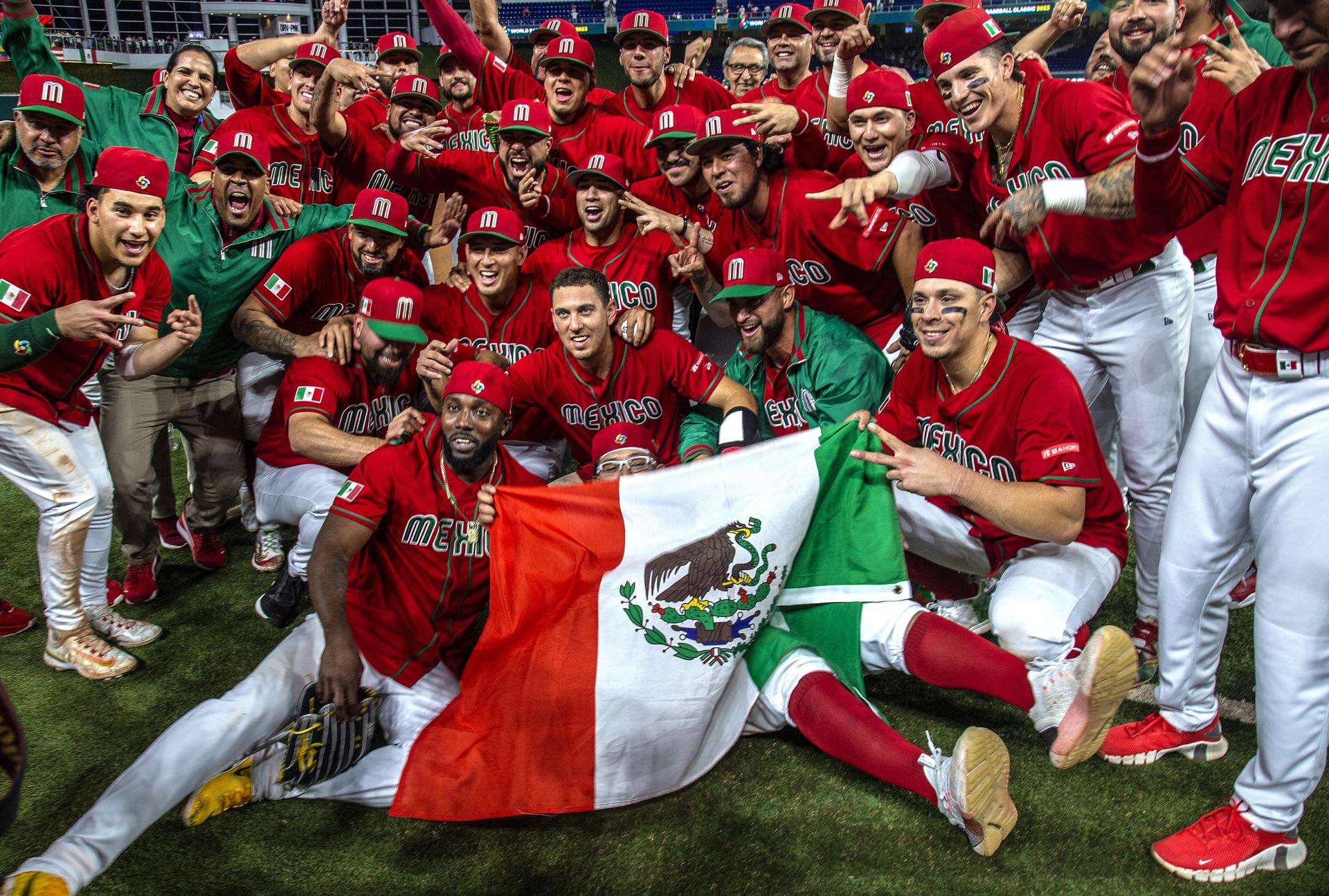It is likely that Latin American financial institutions emerge relatively unscathed from the crisis that has hit banks in USA and Europe.
Tight regulation, diversified businesses, and extensive experience in high-interest-rate, high-inflation environments should help prevent lenders in the region from catching the crisis triggered by stock market crashes. Silicon Valley Bank and Signature Bankand the problems that affect Credit Suisse Group AG, according to analysts and investors. The opinion is being confirmed in the markets.
(Credit Suisse: shares continue to fall and aid will not be enough).
Although financial stocks in Latin America have been affected by global instability, the regional indicator MSCI Emerging Market for the sector has suffered only a fraction of the losses of US banks. “I do not believe that Latin American banks are directly exposed to this situation“, said Malcolm Dorson, Portfolio Manager at Mirae Asset Global Investments In New York.
(European Central Bank convenes extraordinary meeting before crisis).
“Given their track records, these banks are also used to volatility in interest rates and know how to hedge their risk.“. So much Moody’s Investors Service as S&P Global Ratings they also consider that banks in the region have limited or no exposure to SVB and Signature Bank.
Reliance on local institutional markets for funding reduces liquidity risks, Moody’s said Thursday in a report, adding that “High interest rates, in general, have also supported the stability of deposits as a source of financing for banks throughout the region.“. For Carlos Asilisthe region’s banks are well capitalized, particularly in Brazilwhere they have been “playing defense”.
(First Republic Bank sees its shares fall by 20% despite bailout).
The investment director and founder of the advisory firm Glovista Investments estimates that the only direct impact of the crisis in the US could be the widening of spreads worldwide. “Brazil was coming out of a period of below-trend growthAsilis pointed out.So the banks had been in a safe haven mode for quite some time and had essentially been building up capital buffers.“.
Still, deteriorating asset quality due to sluggish economies and high interest rates pose hurdles, S&P analysts say Cynthia Cohen Freue and Sergio Gariban. Smaller and more concentrated financial institutions and fintechs in the region could be affected by the effects of an exodus to quality assets, they said in a report on Wednesday.
(Another blow: Silicon Valley Bank’s parent company goes bankrupt).
While emerging markets were largely spared from this week’s slump – gauges of dollar stocks and bonds fell just 0.1% each – hard-currency stocks and debt in developing countries recorded US$4.5 billion in outflows in that period, according to JPMorgan Chase & Co.
In a press conference in the framework of the annual banking convention in Mexico, Raul Martinez-Ostos, general director of Barclays Mexico, said that the country is considered to have an optimal banking system, well capitalized and ready to withstand periods of volatility. . He added that, in any case, the entity will be very attentive and vigilant because it believes that, without a doubt, the volatility will continue.
Bloomberg








